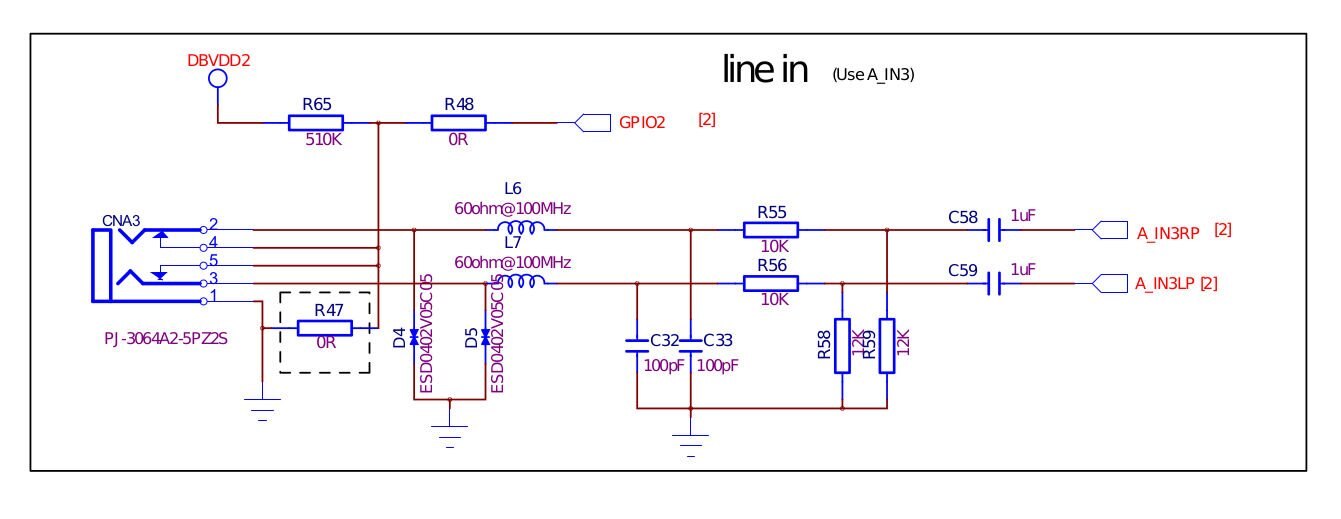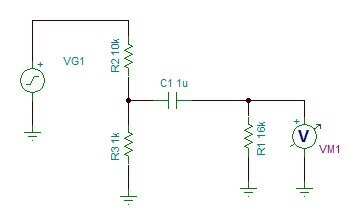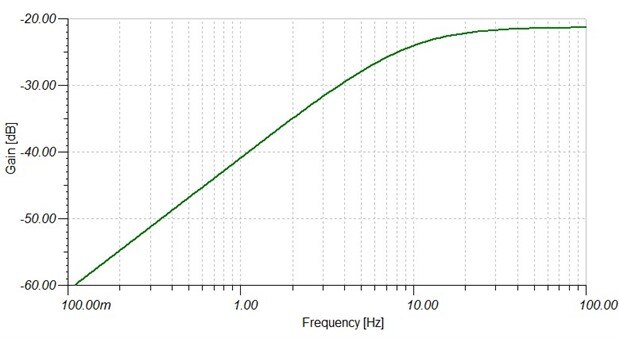I am trying to setup a Rpi to record vibrations from local traffic. I am using an inexpensive seismometer plugged into the Cirrus. Is there a filter on the board that filters out frequencies that are lower than 50Hz (for example)? In the spec sheet there is an fcut value, but I have no idea what that relates to. I am using the Mic Line In with the setup scripts.








